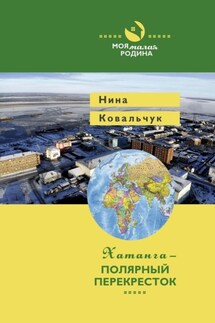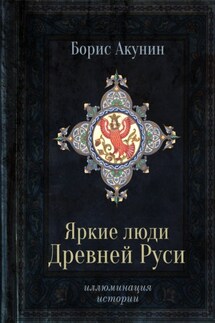Россия и ее империя. 1450–1801 - страница 28
Возвышение русской империи в раннее Новое время происходило на фоне этих бурных перемен. С середины XV и до конца XVIII века московские правители неизменно расширяли подвластную им территорию за счет тех областей, где пролегали торговые пути, имелись ресурсы и плодородные земли. Они совершенствовали свои вооруженные силы, чтобы действовать на обоих направлениях экспансии, степном и европейском, приспособили абсолютистскую идеологию к особенностям российского самодержавия, стимулировали экспортную и транзитную торговлю, осуществлявшуюся при помощи сибирских караванов и через порты Белого, Балтийского и Черного морей, проявляли внимание к новейшим религиозным и культурным течениям. Иными словами, они делали бо́льшую часть того, что полагалось делать правителю государства с глобальными интересами в раннее Новое время.
О торговле в раннее Новое время: Romaniello M. Trade and the Global Economy // The Oxford Handbook of Early Modern European History, c. 1350–1750, 2 vols. / Ed. by H. Scott. Oxford: Oxford University Press, 2015. Vol 2. P. 307–333; Richards J. Early Modern India and World History // Journal of World History. 1997. № 8. P. 197–209; Richards J. The Unending Frontier: An Environmental History of the Early Modern World. Berkeley: University of California Press, 2003; Bentley J. Early Modern Europe and the Early Modern World // Between the Middle Ages and Modernity: Individual and Community in the Early Modern World / Ed. by J. Bentley and C. Parker. Lanham: Rowman & Littlefield, 2007. P. 13–31. О глобальной взаимосвязи: Fletcher J. Integrative History: Parallels and Interconnections in the Early Modern Period, 1500–1800 // Journal of Turkish Studies. 1985. № 9. P. 37–57; Lieberman V. Beyond Binary Histories: Re-Imagining Eurasia to c. 1830. Ann Arbor: University of Michigan Press, 1999. P. 289–316. О степных империях: Golden P. Central Asia in World History. Oxford and New York: Oxford University Press, 2011.
О «великом расхождении»: Pomeranz K. The Great Divergence: Europe, China, and the Making of the Modern World Econom. Princeton: Princeton University Press, 2000; Rosenthal J.-L., Bin Wong R. Before and Beyond Divergence: The Politics of Economic Change in China and Europe. Cambridge, Mass.: Harvard University Press, 2011.
О Малом ледниковом периоде: Fagan B. The Little Ice Age: How Climate Made History 1300–1850. New York: Basic Books, 2000; Lamb H. Climate, History and the Modern World. London: Routledge, 1995; Richards J. The Unending Frontier. Chap. 2 (особое внимание уделяется Европе и Китаю). О его последствиях для Китая: Brook T. The Troubled Empire: China in the Yuan and Ming Dynasties. Cambridge, Mass., and London: Belknap Press, Harvard University Press, 2010. Chap. 3.
О климате в России: Borisenkov Y. Climatic and Other Natural Extremes in the European Territory of Russia in the Late Maunder Minimum (1675–1715) // Climatic Trends and Anomalies in Europe 1675–1715 / Ed. by B. Frenzel. Stuttgart, Jena, New York: Gustav Fischer Verlag, 1994. P. 83–94; статьи Чернавской и Борисенкова в кн.: Climate Since A.D. 1500 / Ed. by R. Bradley and Philip D. Jones. London and New York: Routledge, 1995 (p. 73–81, 171–183). Важный труд на русском языке: Борисенков Е., Пасецкий В. Экстремальные природные явления в русских летописях XI–XVII веков. Л.: Гидрометеоиздат, 1983.







